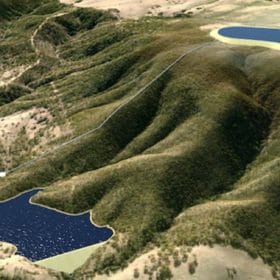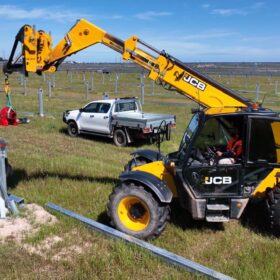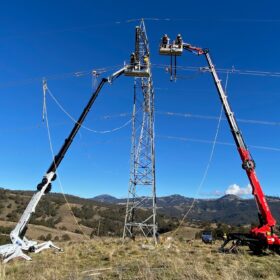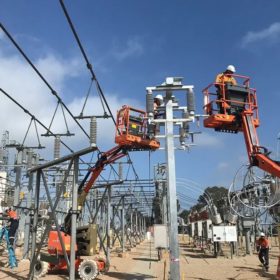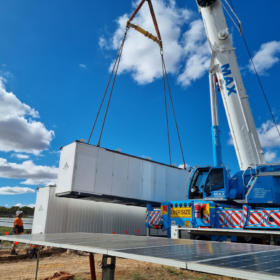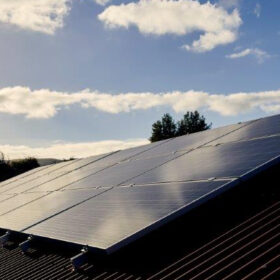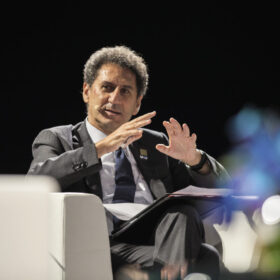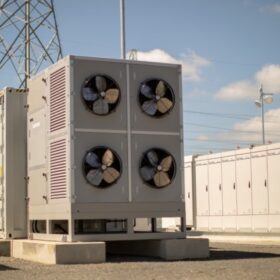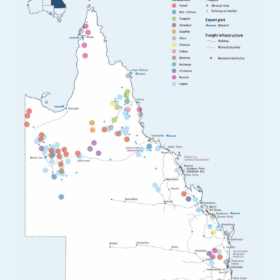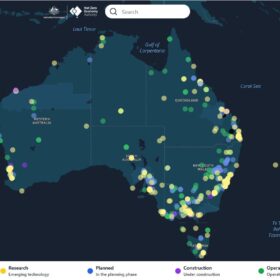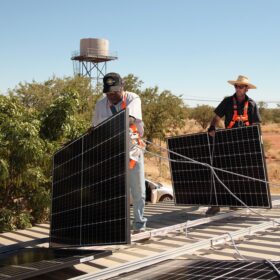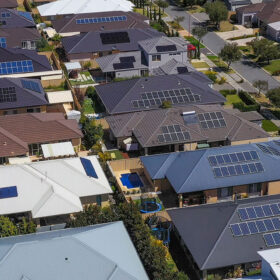Atco applies brake to 2,600 MWh pumped hydro project
A 325 MW/2,600 MWh pumped hydro project planned for the New South Wales central west faces an indefinite delay with developer Atco announcing it will hold off on the next stage of the regulatory approvals process until the state government’s policy frameworks “are close to being able to support financial investment decisions for large-scale infrastructure.”
WA streamlines approval process for renewables projects
The Western Australian government has moved to fast track the approvals process for green energy projects with a new cross-agency pathway for environmental assessments forecast to reduce project approval timeframes.
Bowen to ease ‘regional uproar’ with review of transmission line planning
The federal government will establish a review into how renewable energy infrastructure projects are planned as it looks to smooth the way for the expansion of the grid that is seen as critical to Australia’s transition from coal to renewables.
Ballooning connection and TNSP charges frustrate battery projects, vexation over monopolies
A sharp rise in connection and terminal station charges is stalling storage from coming online, according to an Australian developer. While the price hikes could be attributable to a quagmire of complications the industry currently faces, the developer questioned whether Australia’s TNSP monopoly system is a contributing factor.
Company developing neighbourhood battery portfolio looks to reform tariffs, connection criteria
Australian developer ACEnergy is building an initial portfolio of 10 neighbourhood batteries totalling 50 MW/100 MWh across Victoria and New South Wales. The company is also engaging networks to lobby for reforms to the connection process and tariff structure in light of grid support the technology can offer.
Rooftop solar on radar as South Australia looks to future
The South Australian government is calling for input from industry and consumers to help it determine what role rooftop solar, batteries, electric vehicles, green hydrogen and other renewable technologies will play in its future energy system.
Energy transition is off-track, says IRENA
The global transition to carbon-free energy has fallen behind pace to limit global warming to 1.5 degrees Celsius, a key threshold set forth by the Paris Agreement.
CER begins search to fill solar product listing role
The Clean Energy Regulator is calling for applications from individuals and organisations to serve as the product listing body that will be responsible for publishing and maintaining lists of approved solar panels and inverters eligible for use in Australia’s solar rebate program.
NSW firming tender reaches almost 1 GW with federal scheme support
New South Wales will be the test bed for the Commonwealth-funded Capacity Investment Scheme with the federal government to underwrite investment that will help deliver almost 1 GW of firmed renewable energy capacity to support the state’s rapidly changing energy market.
Queensland cuts exploration fees, funds zone design and waste streams in decisive critical minerals strategy
The Queensland government has unveiled its own Critical Mineral Strategy, with a decidedly more focussed policy approach than its recent federal counterpart.
